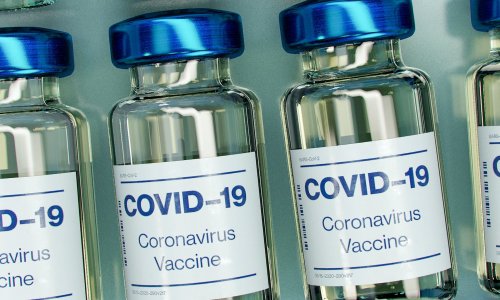Disease prevention
Bavarian Health Policy aims to cut costs
In the line of the symposium `Preventive Medicine - Costs, Uses, Technology´ in Nuremberg, healthcare experts dicussed how to cut costs.
The cheapest patient is a dead patient - cynical but true. If we cannot subsidise smoking for ethical reasons, then we have to increasingly invest in prevention - and not only for smokers. This begins with every individual, ideally during childhood. That was the starting point for the symposium ‘Preventive Medicine - Costs, Uses, Technology’, organised by Bavaria Innovative (Bayern Innovativ), in Nuremberg.
Representatives from the world of politics, hospitals, medical insurers, pharmaceutical and medical technology industries, as well as doctors and engineers, agreed on an immediate need for action and discussed the best ways to proceed. What is clear is that the stresses of work and daily life, in terms of demographic developments, are calling for preventative medical measures to maintain health.
The Bavarian Ministry of the Environment, Public Health and Consumer Protection came up with a health initiative with four priority objectives: smoke-free life, responsible alcohol consumption, healthy diet and exercise, as well as healthy working environments. Children and adolescents are the target groups, but influence is also to be exerted via health management in the workplace. Up to now, preventive measures in the healthcare system have always been at a disadvantage, compared with curative measures, due to the timeframes involved - no profitable, private company will invest money today with a view to only possibly being able to see a return on their investments in thirty years time. Politicians need to come up with an affordable framework for healthcare.
But even in acute medicine, prevention is helpful - the recognition of people’s predisposition for illnesses, and therefore a confinement of risks, need to be addressed. Taking strokes as an example, Professor Dirk Sander, of the University Hospital Rechts der Isar, at Munich’s Technical University, explained that, in Germany, every year around 150,000 - 200,000 people suffer strokes. This makes the problem the third most common cause of death after coronary heart disease and tumours. However, the risk factors for patients are not sufficient addressed by doctors as the Euroaspire-I and -II studies proved.
These involved examinations on 3,000 patients in nine European countries between 1995 - 1996 and 1999 - 2000. In both studies, the risk factors smoking, high blood pressure and obesity occurred unabatedly - and this in view of the fact that, apart from medicinal treatment options, there are also numerous evidence-based, non-medicinal treatment options for primary and secondary prevention of strokes, such as diet, surgery for carotid stenosis or increased levels of physical activity.
From a cost-benefit aspect it is important to identify patients who are at risk as early as possible. Professor Sander named two important, easily applicable and non-invasive procedures for the early detection of arteriosclerotic vascular changes - the duplex scan of neck vessels, with measurement of the thickness of the walls, and the Doppler scan for the determination of the ‘Ankle-Brachial-Index’ (ABI) as parameters for asymptomatic peripheral arterial disease. For cancerous diseases, Professor Heinrich Iro, of the Ear, Nose and Throat Clinic, University of Erlangen-Nuremberg, named ultraviolet radiation, genetics and infections as additional, possible causative risk factors, if these are not controlled as part of preventative measures. Vaccinations are still the top choice when it comes to prevention, but vaccination rates among the general population are currently decreasing. This may partly be due to the fact that patients move frequently and doctors need to take a more active roll in ensuring that vaccinations are kept up to date.
Although it is expensive, computed tomography makes a contribution towards prevention through delivering ever more accurate and detailed images, which helps with the early detection of diseases. Costly again, but highly efficient for patients through its focus on the individual, is laboratory diagnostics. However, cutting costs in this area can turn out to be misguided and expensive, because treatment costs may rise significantly if patients are not being given the correct medication from the beginning of their treatments, as Dr Thomas Baier, of Roche Diagnostics, in Penzberg, explained. He complained that: ‘... in Germany, none of the new diagnostic methods (in vitro) have been allocated a payment code for the last six years’. However, patients can only be prescribed the most effective medication at an early stage if a tumour is analysed for immune history, as well as molecular-biologically, which in turn will lower treatment costs.
30.08.2006





